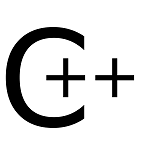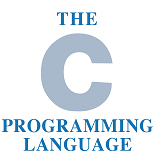- Home
- Course Category
- Course Result
- Course Detail
Hot Line: 0124-2383121
Course Introduction
Data Encapsulation
Encapsulation is an Object Oriented Programming concept that binds together the data and functions that manipulate the data, and that keeps both safe from outside interference and misuse. Data encapsulation led to the important OOP concept of data hiding.
Data encapsulation is a mechanism of bundling the data, and the functions that use them and data abstraction is a mechanism of exposing only the interfaces and hiding the implementation details from the user.
C++ supports the properties of encapsulation and data hiding through the creation of user-defined types, called classes. We already have studied that a class can contain private, protected and public members. By default, all items defined in a class are private. For example −
Source Code:To Implement Data Encapsulation
/* C++ Program - Implementing Data Encapsulation */
class Box {
public:
double getVolume(void) {
return length * breadth * height;
}
private:
double length; // Length of a box
double breadth; // Breadth of a box
double height; // Height of a box
};
Explanation
The variables length, breadth, and height are private. This means that they can be accessed only by other members of the Box class, and not by any other part of your program. This is one way encapsulation is achieved.
To make parts of a class public (i.e., accessible to other parts of your program), you must declare them after the public keyword. All variables or functions defined after the public specifier are accessible by all other functions in your program.
Other object oriented programming concepts
You may like the same program in other programming languages:







